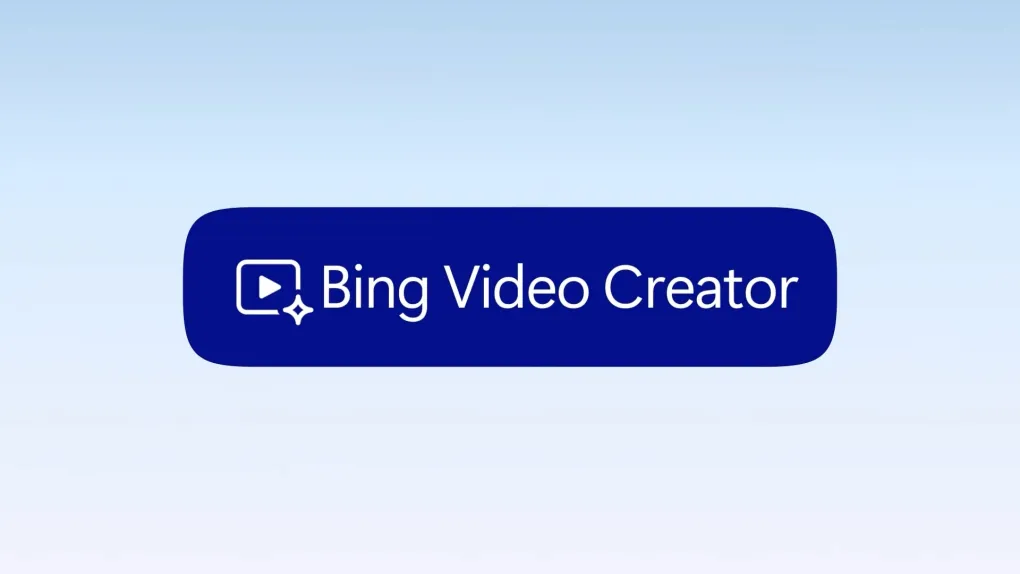Microsoft’s Free AI Video Tool: Can Bing Finally Take on Google?
In early June 2025, Microsoft unveiled Bing Video Creator, a free AI-powered text-to-video tool integrated into the Bing mobile app. Powered by OpenAI’s Sora model, this innovative feature allows users worldwide (except China and Russia) to generate short, vertical, 5-second video clips simply by typing creative prompts such as “a small otter making pizza in an Italian restaurant.” This marks the first time Microsoft has made Sora publicly accessible without a subscription, offering a limited number of fast video generations for free and unlimited slower mode generations.
Microsoft’s move is clearly aimed at democratizing video creation, positioning Bing as more than just a search engine — instead, as a creative platform that empowers everyday users, marketers, and content creators. By removing the paywall, Microsoft hopes to attract a broader audience and increase engagement through easily shareable, AI-generated videos saved within the Bing app for 90 days.
Meanwhile, Google recently launched Veo 3, an advanced AI video generation model showcased at Google I/O 2025. Veo 3 creates longer, higher-resolution videos (up to 1080p) with synchronized soundtracks, including music and ambient sounds — features Bing’s Sora currently lacks. However, Google’s offering remains a premium service, whereas Microsoft’s is free and integrated within a widely used search ecosystem.

Here’s a quick comparison:
| Feature | Bing Video Creator (Sora) | Google Veo 3 |
|---|---|---|
| Video length | 5 seconds | 60 seconds or more |
| Resolution/Format | 480p, vertical 9:16 | Up to 1080p, various formats |
| Audio | None | Music, ambient sounds, dialogue |
| Access | Free via Bing mobile app | Paid access |
| Generation speed | Standard + limited fast mode | Not publicly specified |
People who have watched Bing’s videos have said that they look like cartoons and have some strange movements, especially when compared to Google’s more finished videos. One example is the “otter chef” video on Bing, which was not as well put together and got some funny feedback about things like where the otter’s feet were placed. Still, Microsoft’s goal is to make its products easy for many people to use, not to make high-quality productions. This makes it perfect for making simple, fun, or advertising content.
In other words, is this Bing’s “last chance” to compete with Google in AI-powered search and content creation? The phrase may sound dramatic, but Microsoft clearly needs a feature that makes it stand out and draws people in to build momentum. Bing Video Creator helps change Bing’s image from a simple search engine to a creative AI platform, which gives users more ways to interact with the company.
Google’s Veo 3 is currently the best in terms of quality and complexity, especially when it comes to audio interaction. However, Microsoft’s version is free and easy for Bing users to access, which gives it an edge. Bing could go from being just an option to a strong rival if it keeps making changes like adding sound, displaying faster, and letting clips be longer.
As a conclusion, Microsoft’s free AI video creator is a big and smart move for Bing. Not only is it a surprise, but it’s also an attempt to make Bing into a place where AI-driven creation can thrive. Video quality-wise, Bing is still not as good as Google’s, but it has an edge over Google in that it is easier to use and more integrated. We don’t know if this is Bing’s last chance or the start of a new battle with Google, but for now, it’s an exciting sign of a change in the world of AI-powered search.
Disclaimer
The information presented in this blog is derived from publicly available sources for general use, including any cited references. While we strive to mention credible sources whenever possible, Web Techneeq –Web Development Company in Mumbai does not guarantee the accuracy of the information provided in any way. This article is intended solely for general informational purposes. It should be understood that it does not constitute legal advice and does not aim to serve as such. If any individual(s) make decisions based on the information in this article without verifying the facts, we explicitly reject any liability that may arise as a result. We recommend that readers seek separate guidance regarding any specific information provided here.

